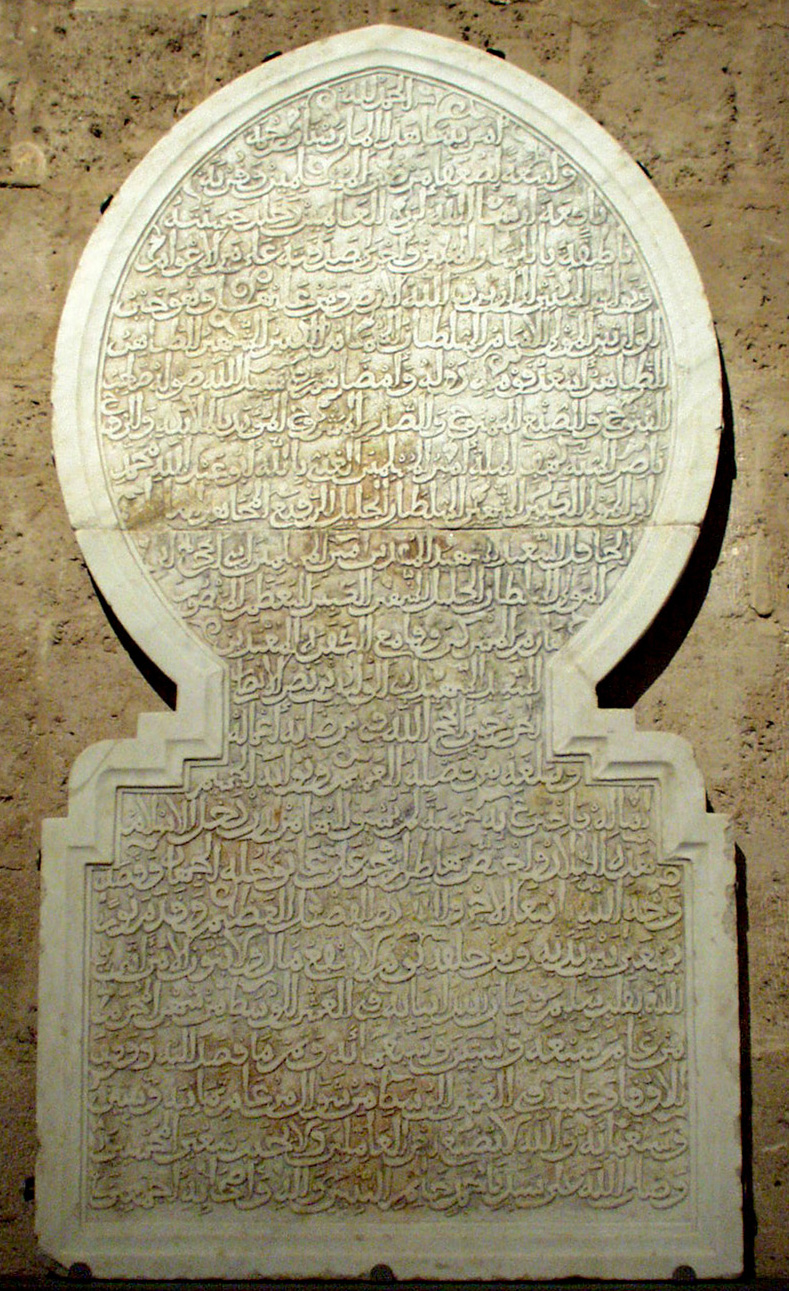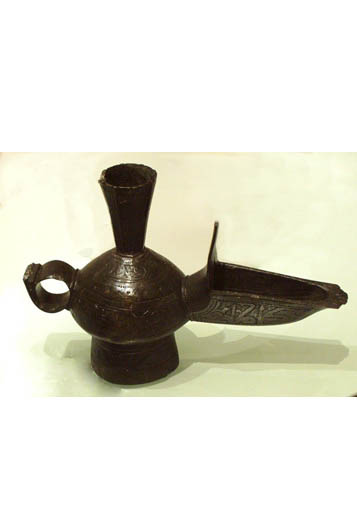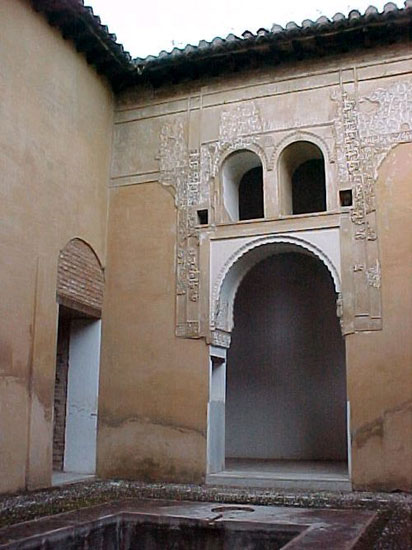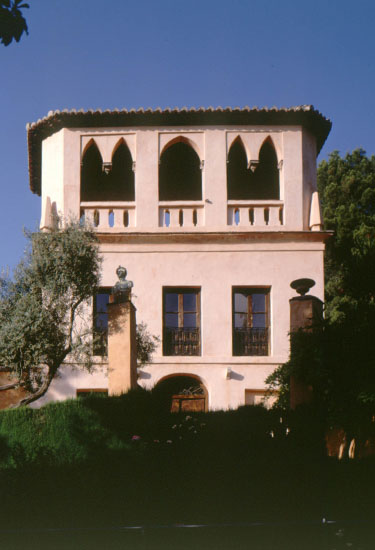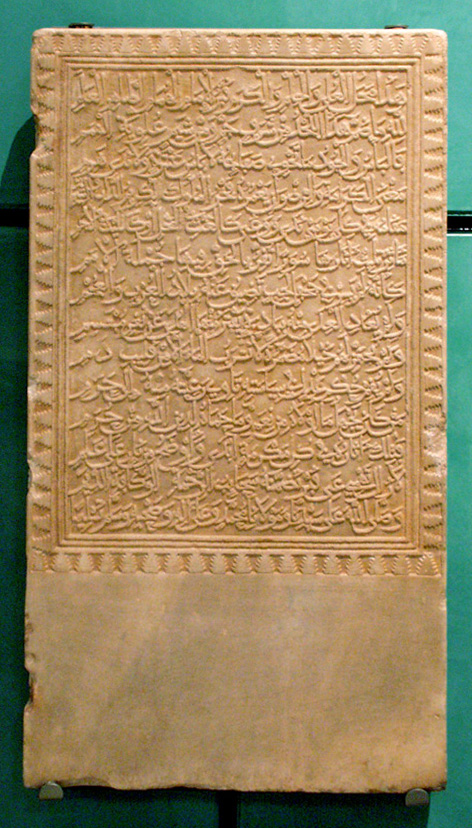Glass bottle. Perfume in the Granada of the Nasrids
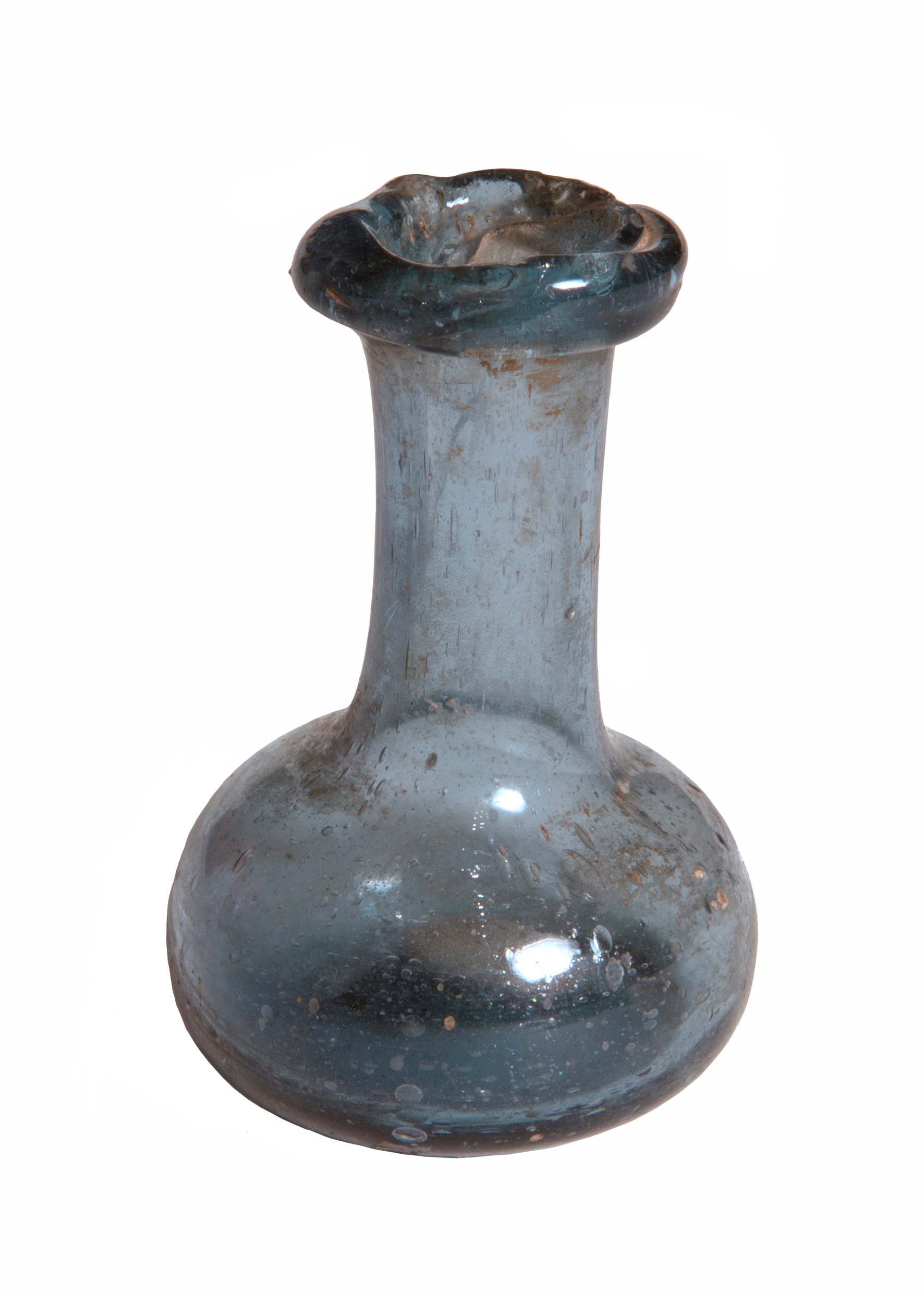
Dª Montserrat Morillas Moreno
Pieces like this perfume bottle show just how important ointments, perfumes and oils were in Hispano-Muslim society. A wide array of aromas invaded any public, private or religious space both on special days and everyday occasions. It also seems that perfumes were used by men as well as women and by people from all social classes.
The most frequently used essences were those obtained from lemon, rose, violet, amber, musk etc. Their use varied according to the season, how one felt and the event one was going to attend.
Perfume was so important that it was often discussed in treatises on food, hygiene and medicine.
In the Koran too, it is clear that Mohammed loved perfumes something that is repeated on numerous occasions throughout the Holy Book, such as when he promises believers “a perfumed paradise with large rivers, trees and gardens and beautiful maidens with dark eyes, made of the purest musk”.
The eagerness to discover and enjoy new perfumes led to an intense search of the most remote countries, creating a genuine “spice trail” from the Orient to the Mediterranean. Muslim society in Spain was introduced to some very highly prized types of spice such as cinnamon, ginger, Indian sandalwood and other perfumed woods.
As a result of the increasing importance of perfumes for society, a number of small recipients began to appear: essence bottles, ampoules, perfume bottles…, made in glass that was adorned to a greater or lesser extent depending on whom it belonged to, including at times with geometric or plant motifs and with incrustations in other materials.
Time: Every Saturday at 12:00
Place: Room VII, Museum of the Alhambra, Palace Charles V
Room VII





 Contact
Contact






